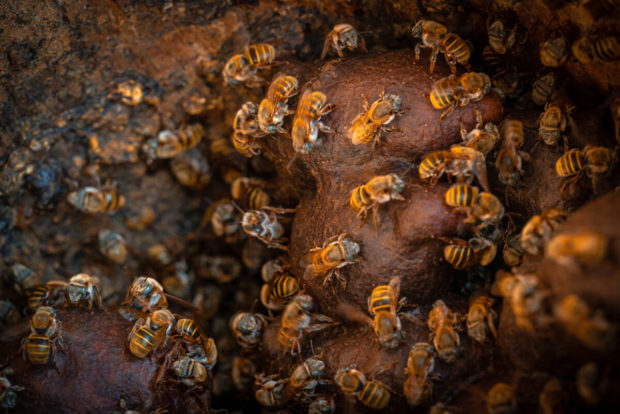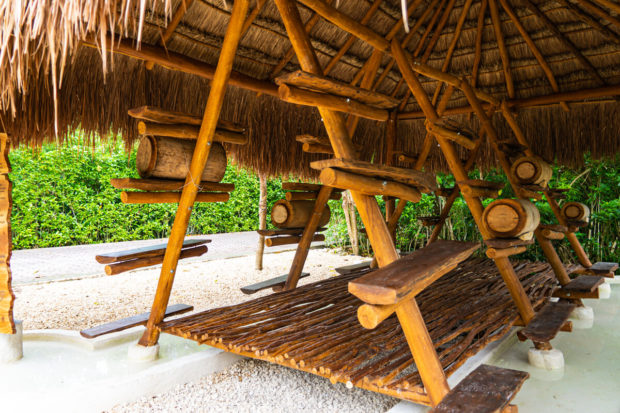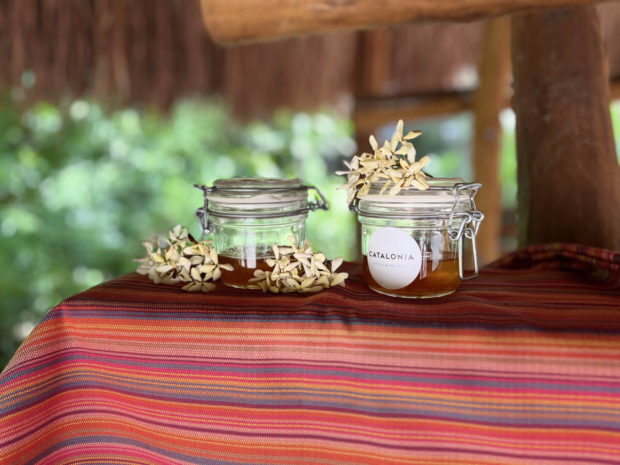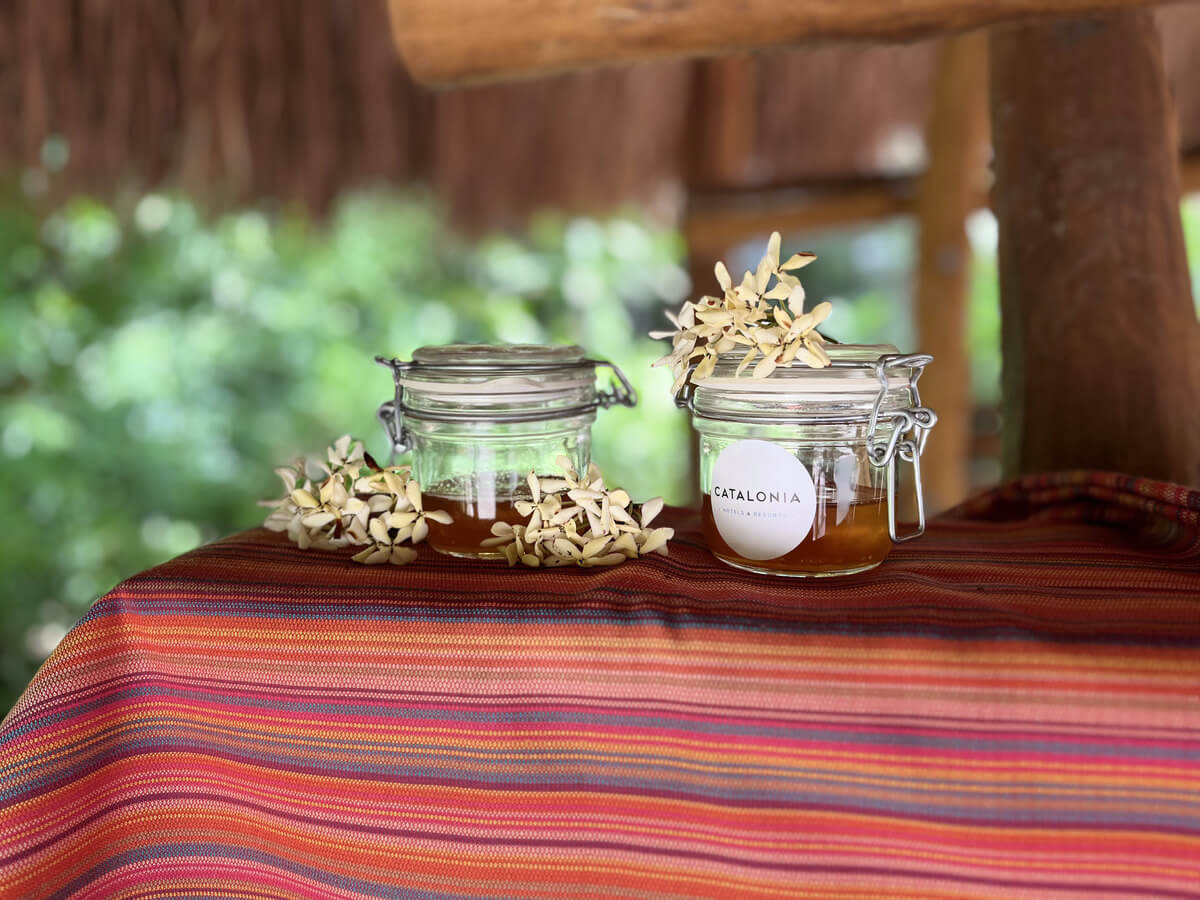At Catalonia Playa Maroma, immerse yourself in the fascinating treasure of the Meliponarium and its link to Mayan tradition. In this lush paradise of the Riviera Maya, where white sand beaches and turquoise waters captivate the senses, Catalonia Hotels and Resorts is passionately dedicated to conserving and reproducing the Melipona bee, known as Melipona beecheii.
The Melipona is a small species of stingless bee capable of fiercely defending its colony. For the Mayan people, these sacred bees, also called “Xunaan-Kab”, “Kolel-Kab” or “Pool-Kab”, represent a deep connection to their traditions and culture.
In pre-Columbian times, the honey and wax of the Melipona bee were used as currency and remedies in traditional medicine. Although rural communities have ancestrally taken advantage of this species for their family subsistence, its survival has been threatened by the decrease of the forests and the deterioration of the habitat due to human intervention.
Aware of the importance of preserving this species and its cultural significance, Catalonia Hotels and Resorts has carried out an exciting project at the Catalonia Playa Maroma Hotel. This project consists of three fundamental phases.
Phase 1: Identification, construction, and tree planting
In this initial stage, exhaustive studies were carried out to identify and create a suitable environment for the meliponarium. Physical factors such as noise, lighting, climate, and air were taken into account, as well as chemical factors such as fertilizer and fertilizer.
In addition, a charming palapa was built and informative signs were placed to educate visitors about the importance of these bees.
To ensure an adequate supply of food, careful planting of 100 plant species that complement the food supply of the Melipona bees was carried out.
Phase 2: Species introduction
In this exciting phase, six jobons were introduced, each housing approximately 10,000 bees. The jobons are hollow logs that provide the necessary space for the bees to build their hives. These logs are sealed on the sides with resin or mud and have a “piquera” in the center, an access hole for the bees. In addition, a Mayan cross on the side of the hole highlights the customs and beliefs of this ancient civilization, aiding in the precise location of the jobons.

Each jobon is composed of different types of bees:
- The workers, responsible for bringing pollen to the comb and building the hive with wax, have a lifespan of approximately 45 days.
- The queen, responsible for the reproduction of the hive, can live up to 3 years.
- The drones, whose function is to fertilize the queen, die within a few days after their mission is accomplished.
- The princesses, present in each jobon plate, are ready to replace the queen in case of her death.
- The sentinels, responsible for guarding the colony against the entrance of bees from outside the jobon, protect the colony.
Phase 3: General maintenance and awareness-raising
The Meliponarium requires constant maintenance to protect the bees from predators such as spiders, ants, and other insects. Regular cleaning and meticulous care are essential to ensure the well-being of Melipona bee colonies.
In addition, as part of workshops taught by an expert meliponiculturist, visitors can learn about the importance of bees in general and specifically about this unique and sacred species to the Mayan culture. The honey produced by each jobón has healing properties and it is estimated that approximately 2 liters of this wonderful substance are obtained per year.
The meliponarium at Catalonia Playa Maroma is also a living testimony of Mayan culture and beliefs. In ceremonies performed by shamans, we honor the Earth and the spirits that nourish the land and promote the respectful use of natural resources.
At Catalonia Playa Maroma, the meliponarium is a call to preserve biodiversity, traditions, and local culture. Catalonia Hotels and Resorts is committed to protecting and promoting the conservation of the Melipona bee and its Mayan legacy. We invite you to visit this fascinating meliponarium and discover an exciting and sweet world in harmony with the natural environment that surrounds us.



